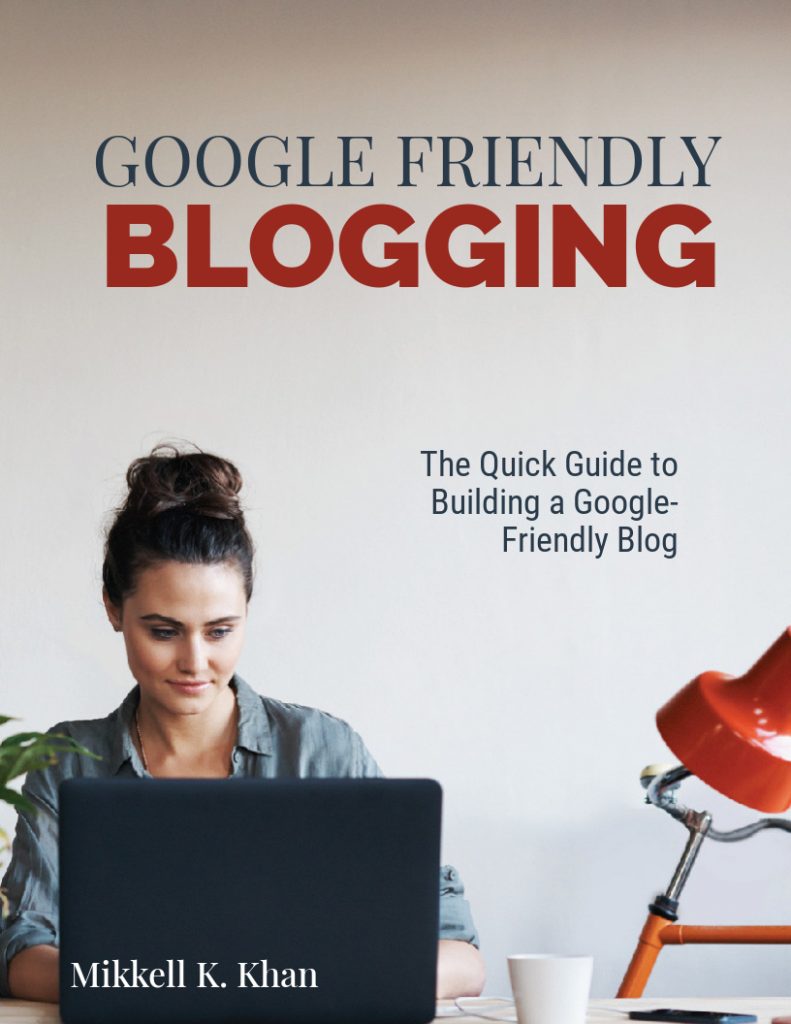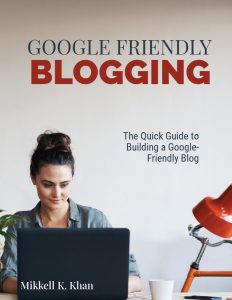Though we may think of film as solely a visual experience, we cannot underestimate the importance of sound to the medium. The ability to record sound (more particularly at the location of filming) is an extremely important aspect of filmmaking. Here is a list, according to the good folks at Diamond Films Limited, of the most fundamental equipment for audio recording on a video or film production.
Field Mixers – The field mixer is where you connect all of your microphones (both wired and wireless) and other audio sources. The mixer enables you to create a sound mix to send to the cameras and your audio recorders. It’s also where you plug in your headphones so you can hear what’s going on, and make the important decisions about how to mix the sound. This will save your team a lot of heartache in the editing room when nobody heard that lawn mower in the distance. Luckily, with the help of this device, you were able to cancel it out. Field mixers often feature multiple outputs, so you can feed audio to several different devices simultaneously.
TASCAM DR-60DmkII DSLR Audio Recorder – Click here to view.
Wireless Microphone Systems (Lavalier Mics) – A single wireless microphone system consists of three parts: the microphone, the transmitter and the receiver. You attach a lavalier mic to your subject and you plug it into a beltpack transmitter. You then affix the transmitter to the subject’s belt (or fasten it to another part of their body). If you need to use multiple wireless microphones, you will need a mic, a transmitter and a receiver for each one of them. This system comes in handy for single person filming setups when you don’t have an individual to hold a boom mic and is ideal for closed room interviews.
Sennheiser EW 112P G3-A omni-directional EW system – Click here to view.
Shotgun Microphones and Boompoles – No location sound kit is complete without a good boompole and a few different kinds of mics to use on it. The most common kind of mic that people associate with boompoles is the shotgun microphone. Shotguns are an excellent choice for recording dialog in certain kinds of environments in film and video production.
The boompole itself is another interesting piece of equipment. A good boompole will be easy to collapse and extend, and be able to do so silently. They are lightweight, yet durable enough for a tough life in the field. Some boompoles feature an interior cable, which makes set-up and breakdown times faster. Boompoles along with shotgun mics are excellent in active scenes with multiple people. It’s always a good idea to do a dry run of the action before filming whenever possible so your boom operator knows his positioning during the scene.
Audio-Technica ATR-6550 Video Camera Condenser Shotgun Microphone – Click here to view.
On Stage MBP7000 Handheld Boom Pole – Click here to view
Wind Protection for Microphones – Proper wind protection is one of the most important accessories in your arsenal. Most microphones come with a basic, sponge-like foam windscreen. They are useful for indoor booming (to avoid distortion from drafty air), but totally inadequate for outdoor usage.
Microphones have incredibly sensitive capsules that pick up sound from changes in air pressure. When you take a microphone outdoors (even on a nice day), it doesn’t take more than a gentle breeze to compromise the capsule’s ability to pick up clear sound. The wind doesn’t damage the microphone; it just completely mangles the sound that it picks up. Do yourself a favour if you are doing a lot of outdoor filming and get yourself one of these windscreens. The difference in quality is noticeable and amazing.
Movo WS4 Furry Outdoor Microphone Windscreen Muff – Click here to view.
Field Recorders – Field recorders (which are also referred to as “portable digital recorders”) are used to record the sound that the microphones and other equipment have picked up. There are many different sized and shaped field recorders on the market.
Affordable pocket-sized portable audio recorders have become very popular with consumers. These devices can be useful for making a backup copy of the audio in the bag for lighter jobs when only two tracks are being recorded. When you need to record multiple isolated tracks of audio, and when syncing and jamming to time code is necessary, a more professional field recorder will be needed. These recorders work well on longer shoot days when you need to ensure a backup of all the audio that was filmed. It has saved a number of productions in the past where the original audio become slightly distorted for a few moments due to a potential number of technical issues.
Zoom H4N PRO Digital Multitrack Recorder – Click here to view.
Headphones – Headphones are one of the most important parts of a location audio kit. They’re as vital to a sound person as the viewfinder is to a camera operator. Professional sound people use closed-back headphones that provide a flat frequency response, so they can hear exactly what the audio sounds like.
Because the headphones will often be worn for long stretches, it’s important that they be extremely comfortable. Headphones that fold up and collapse for travel can also be useful, because location audio people often have to break down and pack up their kits several times a day. Always practice proper packaging and folding techniques with your headphones, as even the most durable and professional is prone to wear and tear that can affect the quality of sound outputted from them over time.
Sony MDR7506 Professional Large Diaphragm Headphone – Click here to view.
We hope that this article gave you a basic understanding about the necessary equipment for audio recording. Feel free to share your thoughts on our article, and don’t forget to share this article and like/subscribe to our Diamond Films Limited Facebook page for latest updates on our blog.






